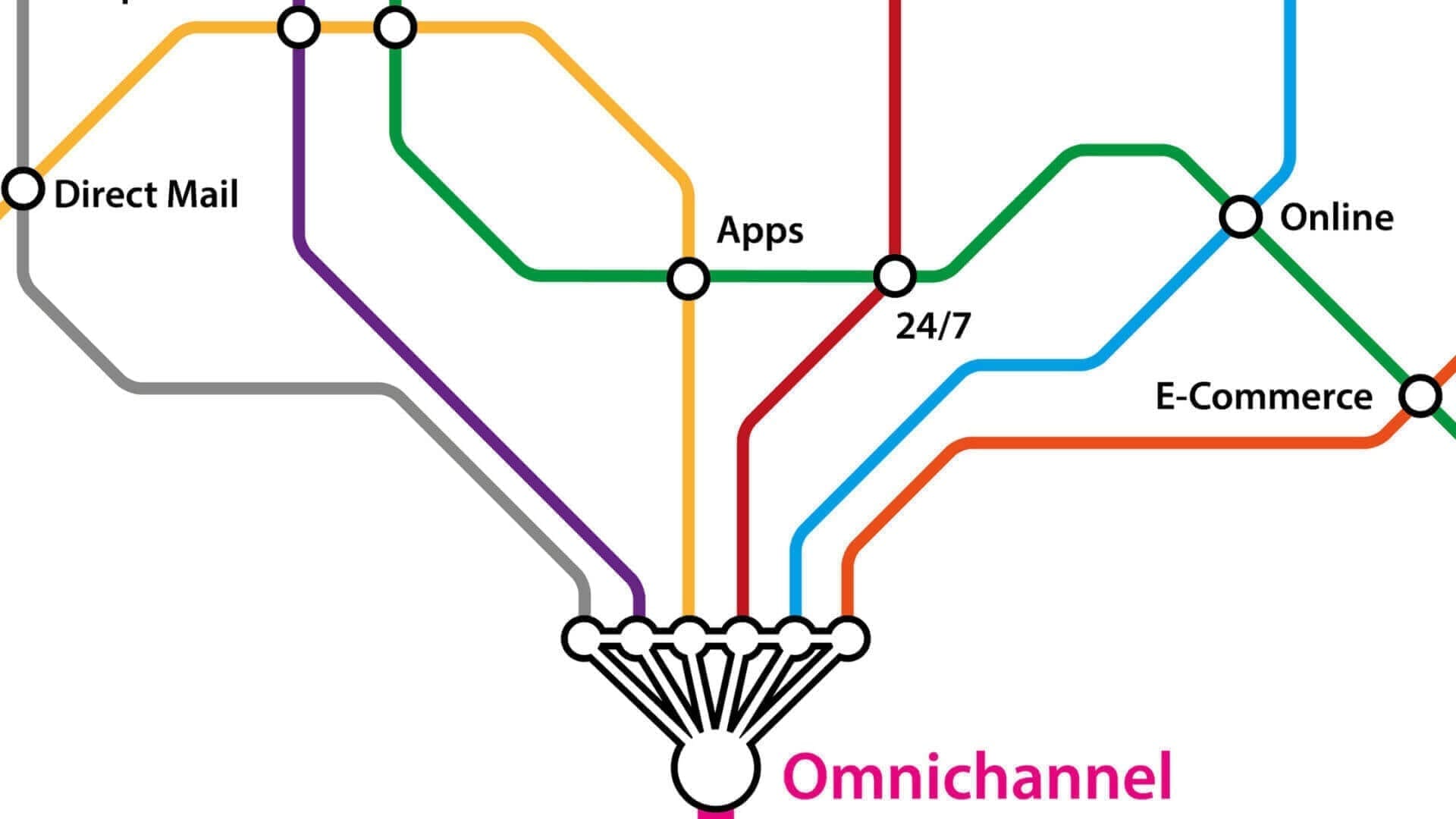Constantly and carefully monitor the consistency of your company’s digital and physical channels (the store). Track the right KPIs and cross-reference data from other departments to have a global process-level view.
Managing the channels maximizes the potential of your omnichannel strategy, helping you to:
- Understand the behaviors through which your target meets their needs
- Assist the Target by identifying areas for improvement in the customer experience
- Increase revenue and corporate reputation
Why Integrate your Company’s Digital and Physical Channels? I’ll Explain it in this Case Study
This article is based on a case study of a consultation I conducted for a European brand consisting of two channels:
- Proprietary e-commerce
- Network of physical stores in major cities
I was contacted by the company because the Director of the Digital Department couldn’t understand why the e-commerce had many products in the cart, but few sales. This resulted in significant advertising expenses that did not justify the returns, affecting the proper functioning of the eCommerce.
Using Business Intelligence tools, I compared data from the e-commerce and physical stores.
Emblematic Customer Experience data emerged, related to the relationship between eCommerce and physical store.
The people:
- near the stores added products to the cart but abandoned the purchase
- further from the store completed the transaction online.

Leverage Omnichannel: Converge Online Channels with Offline Channels and Vice Versa
What do these data tell us? Different target segments use e-commerce differently, and the various approaches stem from their needs:
- Urban target: gets inspired by e-commerce and adds products to the cart as a reminder, then purchases them in the nearby physical store
- Peripheral target: gets inspired by the e-commerce and proceeds with the online purchase because the physical store is too far away
Why Didn’t the Departments Notice?
They didn’t notice due to a lack of #DigitalMarketing Mentality.
The company needed to make a cultural leap that its target had already made.
The target was well aware of the brand’s omnichannel approach and used it to meet their needs
Conversely, the business units still needed to add awareness of this omnichannel approach.
Internal departments (marketing, digital, and sales) worked separately and did not collaborate with each other. E-commerce was seen as a competitor by physical stores and vice versa.
My consultation involved reviewing organizational processes, creating links between marketing, sales, customer service, and commercial.
As a result, several changes were made to the e-commerce and physical stores to create synergies between the channels and meet the target’s needs.

Reinterpret Processes from an Omnichannel Marketing Perspective
The summary was to reinterpret processes from an Omnichannel Marketing perspective from the customer’s viewpoint.
Thanks to this, it was understood why the Urban Segment uses e-commerce as a reminder to purchase products in the nearest physical store, while suburban residents can enjoy greater convenience and ease by buying online.
In both cases, different Target segments used e-commerce as a tool to meet their needs, even though it was not designed for this.
Therefore, this tool was enhanced, and a mindset of seeing it as a solution was adopted.
Final Result: a Unified eCommerce that Increases Online, Offline Purchases, and Customer Experience
Seeing eCommerce as a commercial tool is limiting: you can explore this topic here where I talk about eCommerce Experience.
We have thus transformed a sales catalog into a Unified eCommerce approach.
This resulted in improved efficiency of:
- Omnichannel Strategy: designing advertising campaigns with a horizon on physical and online channels
- Optimize the Customer Journey: eCommerce now fulfills various functions to assist distribution and online channels
- Converge Marketing Sales Customer Service functions into an OnLife Sale (Online + Offline)
In summary, monitoring channel consistency is essential to understand your target’s needs and create synergies between the various sales channels.
In this way, it was possible to optimize the customer journey, enhance the customer experience, and maximize multichannel onlife sales.
The “company achieved the” goal of an omnichannel approach designed around the real needs of the target.
This is the #DigitalMarketingMentality that the target needs.